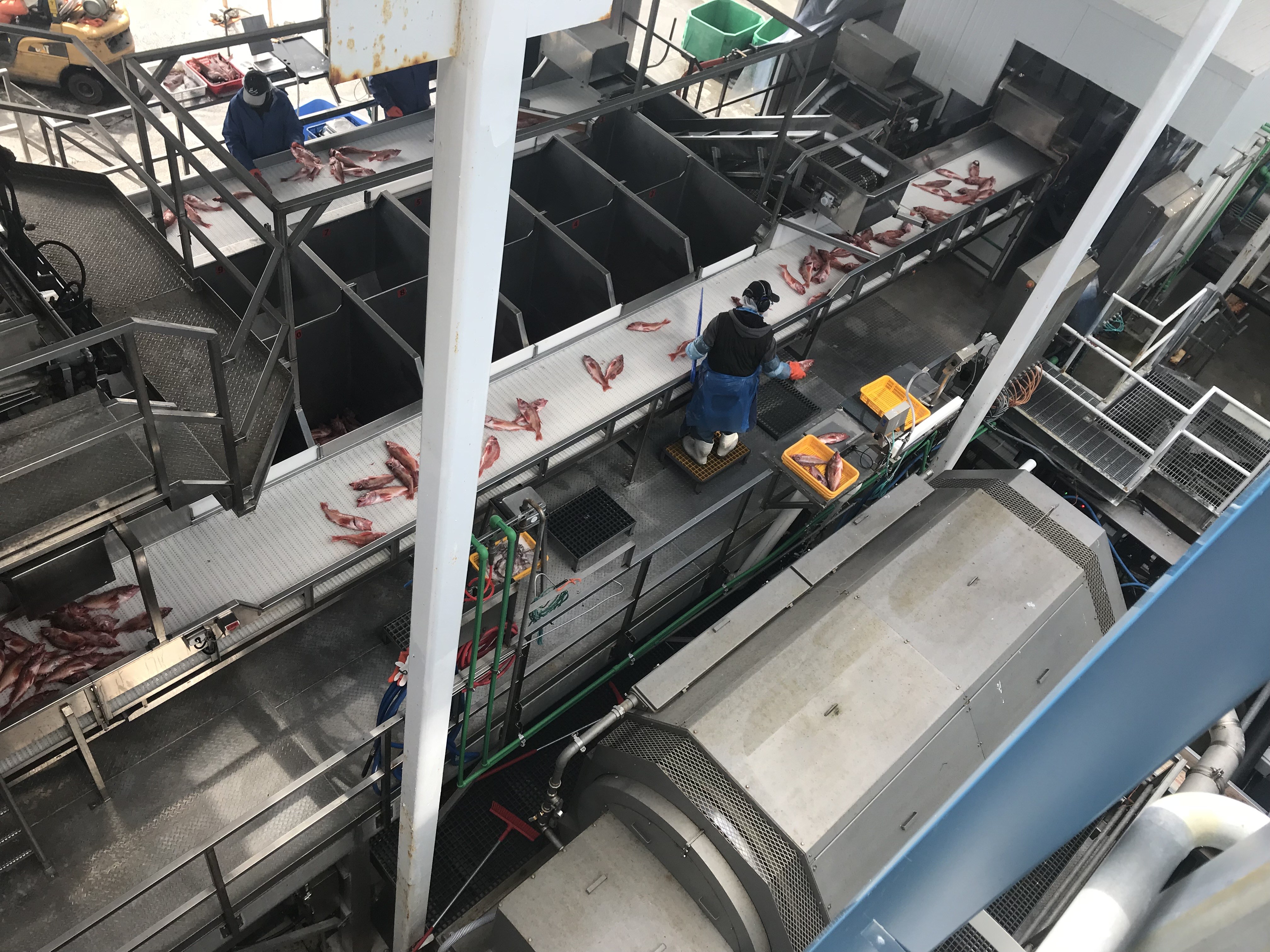
Alaska Seafood Marketing Institute recently received clarification about tariff changes, which went into effect on July 6, for Alaska seafood products going into the Chinese domestic market, an organization spokesperson said.
The public-private marketing organization promotes Alaska’s seafood industry.
“We previously thought that fish meal would not be included and we now know that fish meal products will be included in those proposed tariff increases from China,” communications director Jeremy Woodrow said.
Woodrow says $69 million in fish meal products — mostly used in animal feed — were exported to China last year.
Woodrow said one of the largest generators of fishmeal is the Alaska pollock industry.
The fishmeal market is important to Alaska because it ensures full utilization of seafood and helps generate revenue.
“The more that you can get out of the fish, the more everybody benefits,” Woodrow said. “That’s right down to the fishermen, to the processors, as well as the communities.”
Many fishing communities rely on a variety of fish taxes.
For example, Kodiak Island Borough received more than $2 million in 2017 through three types of fish taxes:
- $1.6 million dollars in severance tax (a direct production value tax on fish crossing the dock);
- $14,000 through a landing tax via the state of Alaska; and
- $1.1 million via the state through a fisheries business tax.
Woodrow said the tariff excludes some fresh fish and fish oil.
He adds that ASMI is asking its members to comment on the latest round of proposed tariffs on goods, including seafood from China, which includes seafood from Alaska that is reprocessed in China then imported back to the U.S.
Those tariffs were introduced July 10. The Office of the U.S. Trade Representative proposed increasing the tariffs last month from 10 to 25 percent.
The deadline to submit written comment was originally Aug. 17. The deadline was recently extended to Sept. 6.
The seafood industry creates $2 billion in income, the second largest private industry in the state after oil and gas, and directly employs more Alaskans than any other industry, according to ASMI.